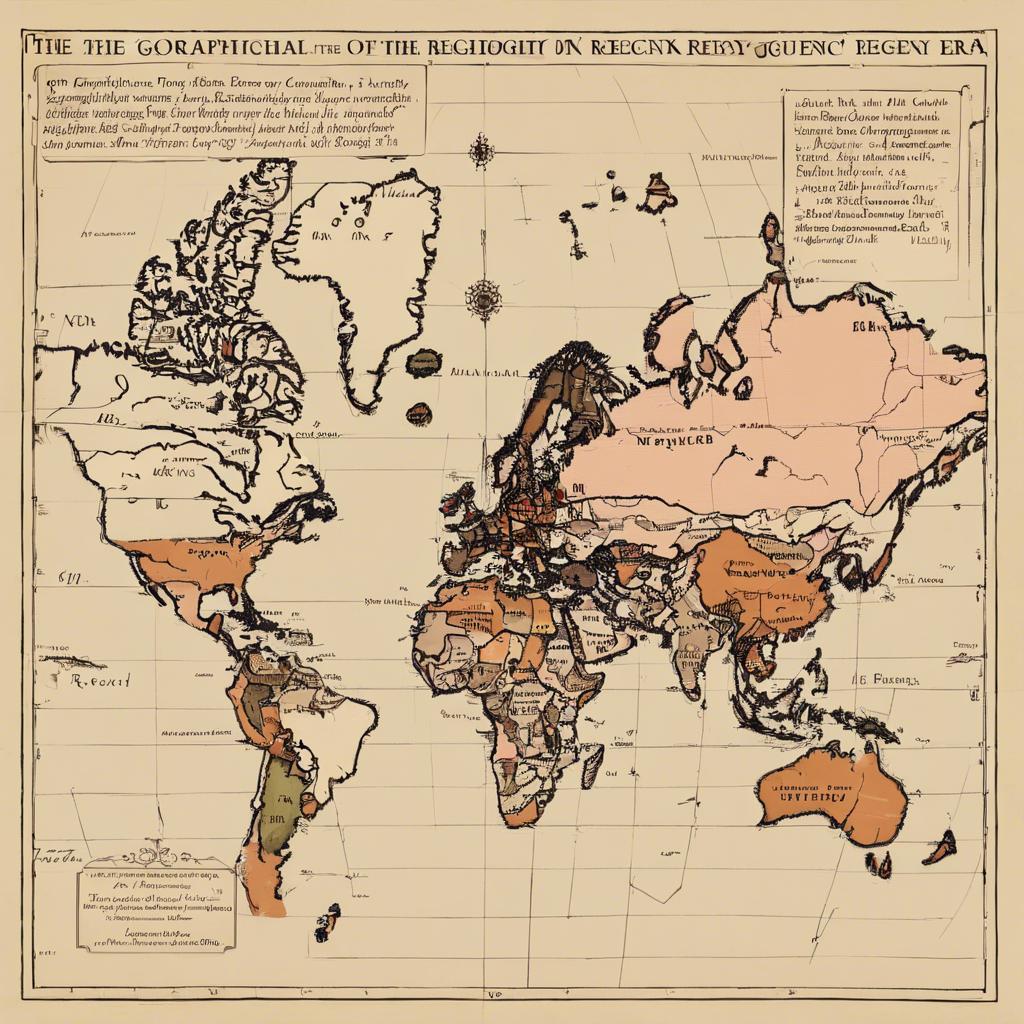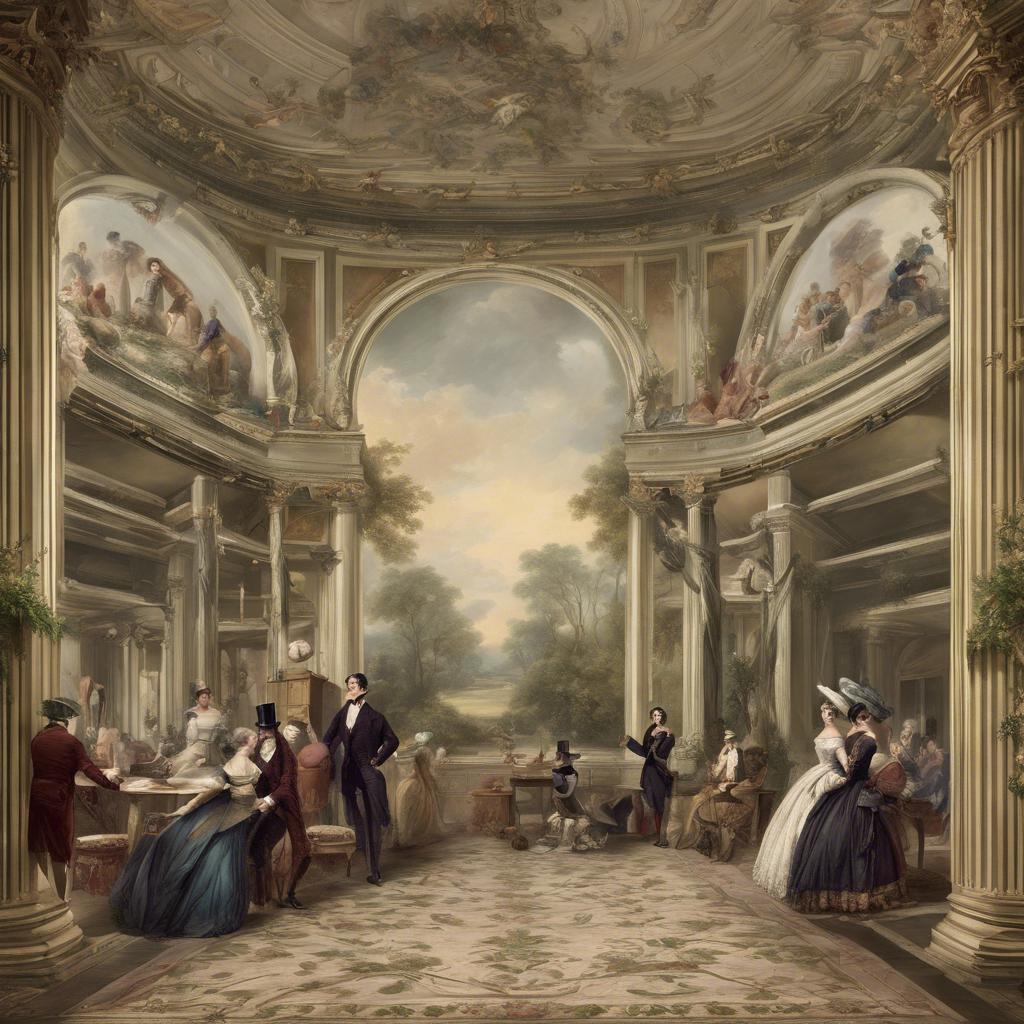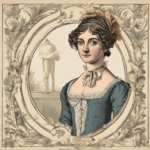The Regency era, an influential period in British history characterized by political upheaval, social change, and cultural advancement, holds a unique place in the annals of time. Emerging in the regency era dti”>early 19th century following the era of Georgian rule, the Regency period was marked by the appointment of Prince George as Prince Regent due to the declining mental health of King George III. This pivotal moment in British history ushered in an era of unparalleled elegance and refinement, shaping the course of society for generations to come. Delving into the geographical landscape of this transformative era, it is essential to explore the key locations and settings that defined the Regency era.
Step Into the World of Cheryl Bolen
Dive into the enchanting stories of love, intrigue, and elegance set in the Regency Era. Cheryl Bolen's novels offer timeless romance and captivating tales that will leave you wanting more.
Explore Cheryl Bolen's Books Now
The Geographical Reach of the Regency Era
The Regency Era was a fascinating period in British history, characterized by the rule of Prince George IV as Prince Regent in place of his ailing father, King George III. This era lasted from 1811 to 1820, but its influence extended far beyond the borders of England.
During the Regency Era, the geographical reach of this cultural and social movement was vast. Some of the key regions and countries where the ideals and fashions of the Regency Era were felt include:
- England
- Scotland
- Ireland
- France
- The United States
While England was the epicenter of the Regency Era, its impact was truly global. From the elegant ballrooms of London to the bustling streets of Paris and the newly established cities of America, the Regency Era left an indelible mark on culture, politics, and society.
Key Locations of Regency England
The Regency era in England was a time of elegance, extravagance, and social change. Key locations during this period played a significant role in shaping the society and culture of the time. Here are some of the most notable places that defined Regency England:
London: The capital city of England, London was the heart of political and social life during the Regency era. It was a hub of activity, with fashionable neighborhoods like Mayfair and Belgravia attracting the elite of society. Landmarks such as Buckingham Palace, the Houses of Parliament, and the exclusive gentlemen’s clubs were all important sites in Regency London.
Bath: Known for its natural hot springs and Georgian architecture, Bath was a popular destination for the wealthy and fashionable during the Regency era. The city’s elegant squares, crescents, and terraces provided a backdrop for leisurely pursuits such as promenading, shopping, and attending social events. The Pump Room and the Assembly Rooms were central gathering places for high society in Bath.
Influential Cities and Regions during the Regency Period
During the Regency Period, several cities and regions played significant roles in shaping the cultural and political landscape of the era. These influential locations were key centers of power, innovation, and creativity during this time.
- London: As the capital of the United Kingdom, London was a hub of political activity and social life during the Regency Period. It was the center of the British Empire and a thriving metropolis where the aristocracy and upper classes gathered to socialize and conduct business. The city was home to iconic landmarks such as Buckingham Palace, the Houses of Parliament, and St. Paul’s Cathedral.
– Bath: Known for its elegant Georgian architecture and natural hot springs, Bath was a fashionable spa town popular among the wealthy and fashionable elite during the Regency Period. The city was a popular destination for those seeking relaxation, healing, and social connections. Visitors to Bath would attend balls, concerts, and other social events, making it a vibrant cultural center of the time.
- Edinburgh: The capital of Scotland, Edinburgh was a city of intellectual and artistic significance during the Regency Period. It was home to renowned thinkers, writers, and artists who contributed to the thriving cultural scene of the city. Edinburgh’s historic architecture, including the iconic Edinburgh Castle and Royal Mile, provided a picturesque backdrop for the city’s creative and intellectual pursuits.
Exploring the Cultural Significance of Regency-era Settings
In the early 19th century, the Regency era in England was a period defined by elegance, romance, and social change. This era was sparked by the temporary regency of George IV, who ruled in place of his mentally unstable father, George III. The Regency era lasted from 1811 to 1820, and it left a lasting impact on British culture and society.
During the Regency era, literature, art, fashion, and architecture flourished. The Regency style in architecture is characterized by grandeur, symmetry, and classical influences. Buildings from this period often feature stately columns, intricate moldings, and expansive windows. The cultural significance of Regency-era settings can be seen in the stunning architecture that still stands today, such as the Royal Pavilion in Brighton and the Georgian terraces of Bath.
In addition to its architectural legacy, the Regency era also influenced fashion and social customs. Women’s fashion during this time was marked by empire waistlines, flowing fabrics, and delicate accessories. Men’s fashion saw the rise of tailored suits, cravats, and polished leather shoes. The Regency era was a time of opulence and refinement, and its cultural significance can be seen in the beauty and sophistication of the clothing and customs of the time.
The Conclusion
the Regency Era was a transformative period in British history, marked by both political turmoil and cultural evolution. With the Prince Regent at the helm, this time of Regency stretched from 1811 to 1820, following the reign of King George III. It was a time of opulence and extravagance, as well as significant social change. Today, we continue to look back on the Regency Era with fascination and intrigue, as it serves as a window into a pivotal moment in British history. As we delve deeper into the intricacies of this era, we gain a greater understanding of the complexities of the past and how they have shaped the present.


